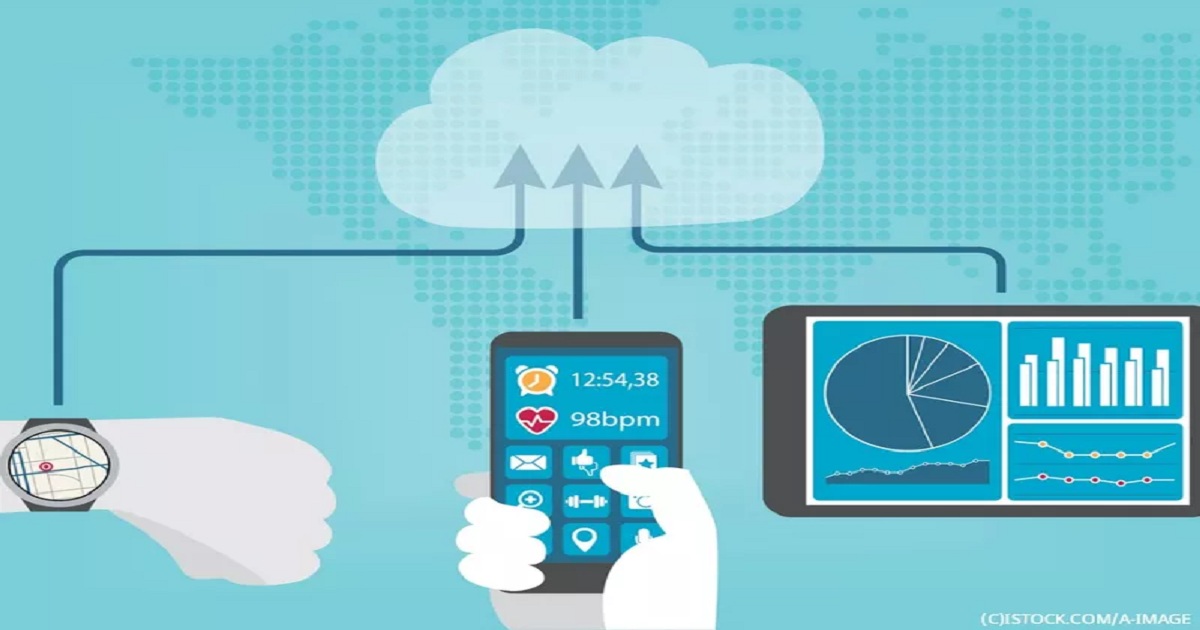Why cellular IoT is the only option for wearable devices
IoT Tech News | December 03, 2018

The wearable device market has grown tremendously over the last six years, from just $750 million in 2012 to almost $6 billion today. Following their rollout out last year, LTE-M and NB-IoT networks have matured, with increasingly more markets adopting cellular IoT as the only true long-term option for connecting the vast majority of emerging applications. This is perhaps most evident in the wearable space where cellular has a clear advantage over alternative solutions. Let’s take a look at the key areas: Mobility and outdoor connectivity: Mobility and outdoor connectivity are paramount requirements for wearable devices, especially for GPS trackers and fitness monitors, which expect to be outdoors for extended periods. Wi-Fi and Bluetooth simply lack the range required, while non-cellular LPWAN technologies – such as LoRa and Sigfox – are not built to support mobility, being data networks operating in islands of coverage. Only cellular IoT provides the necessary range and coverage for outdoor applications Voice: Cellular is also enabling voice services. The ability to support VoLTE (Voice over LTE) opens up the possibility for additional use cases, such as emergency calls from wearables which don’t need an accompanying cellphone. Combined with other integrated features, such as GPS positioning, cellular-connected wearables provide enhanced security for applications including child trackers and monitors for wilderness sports enthusiasts.